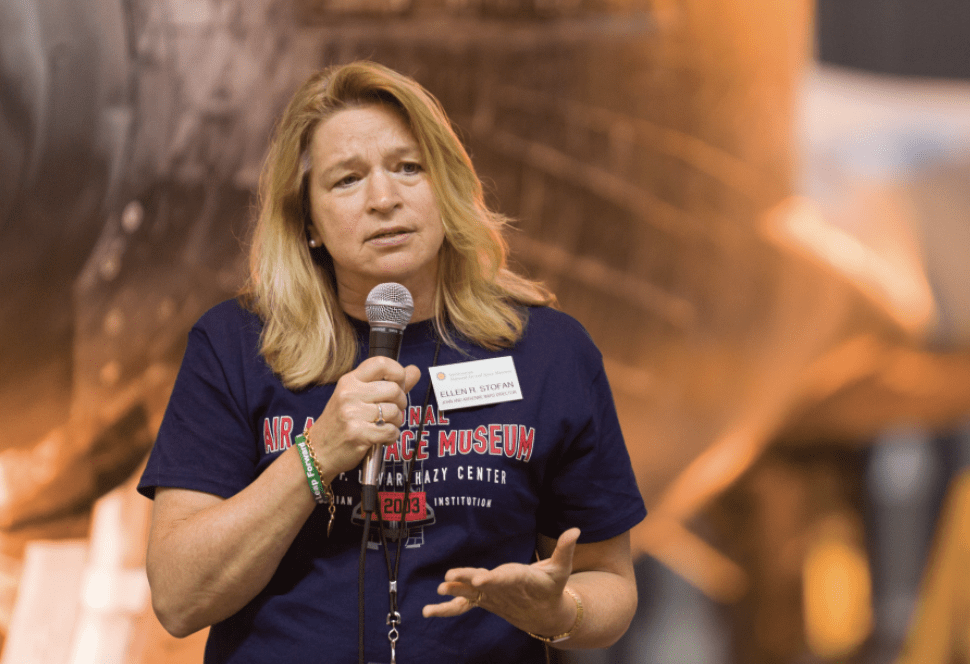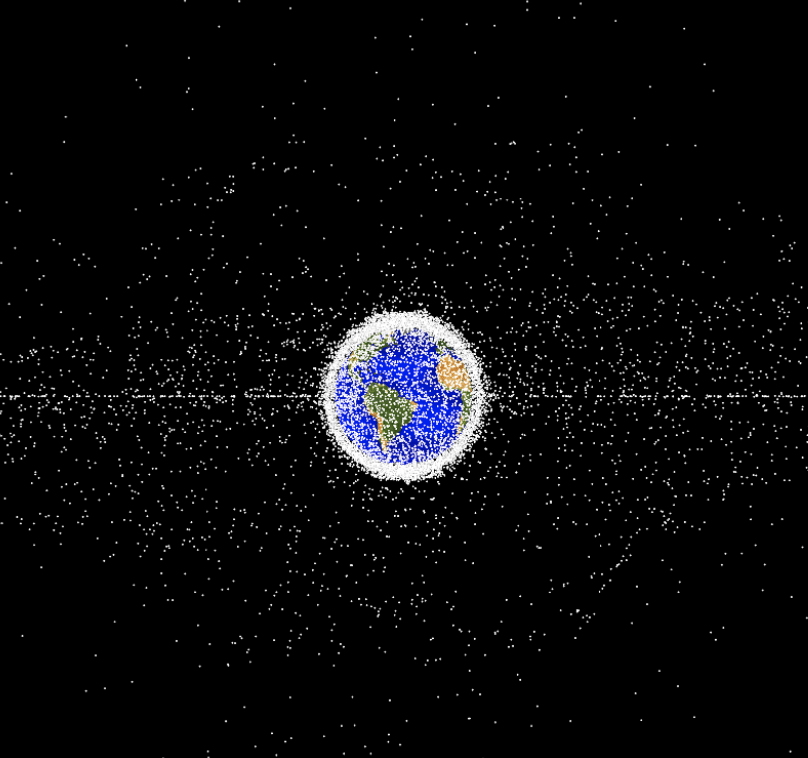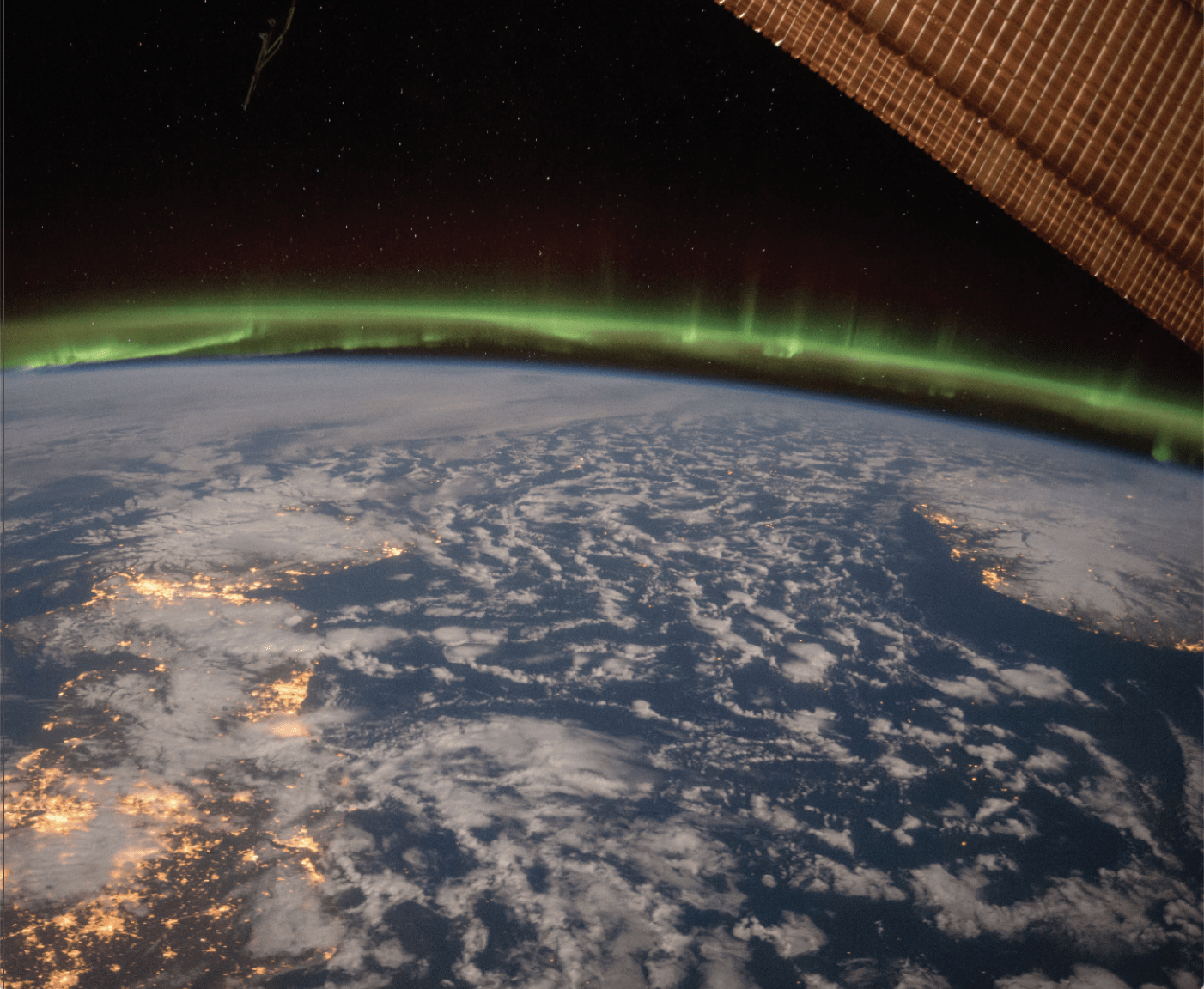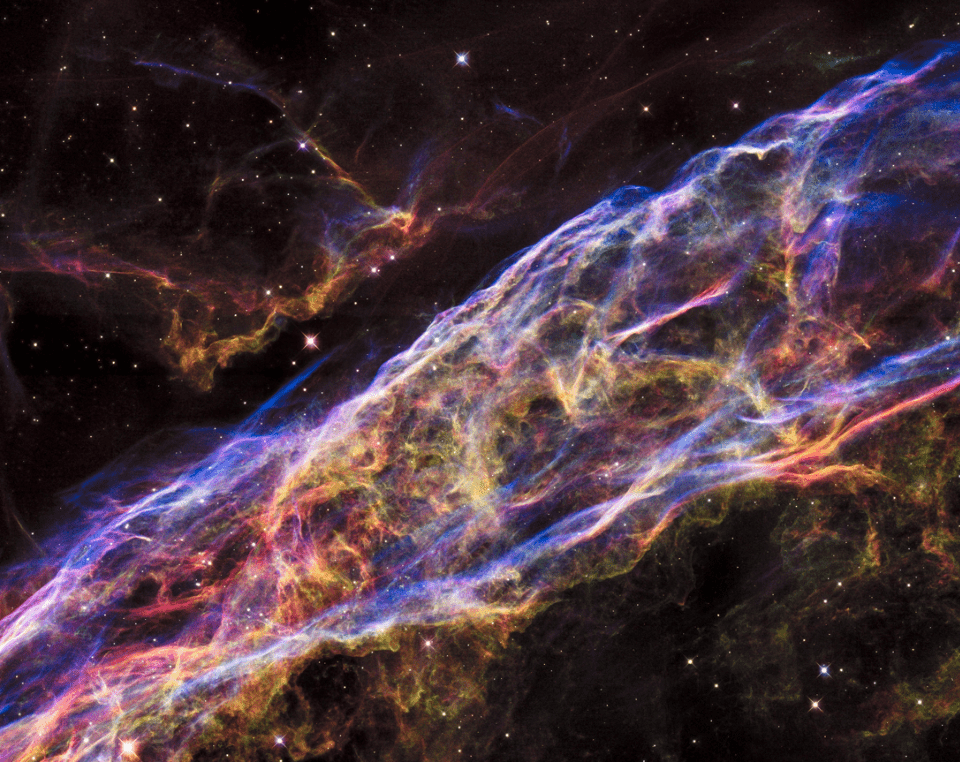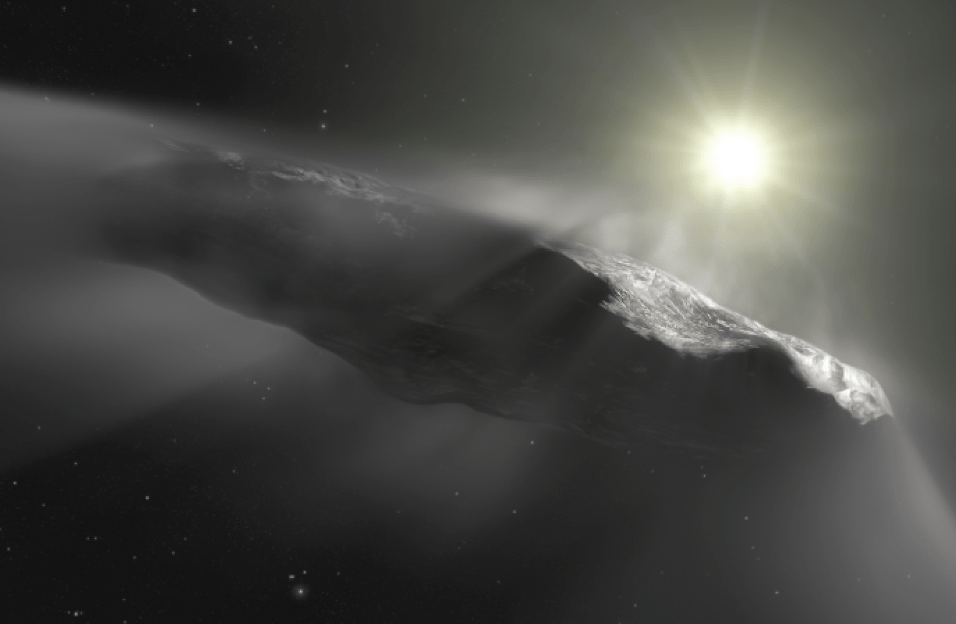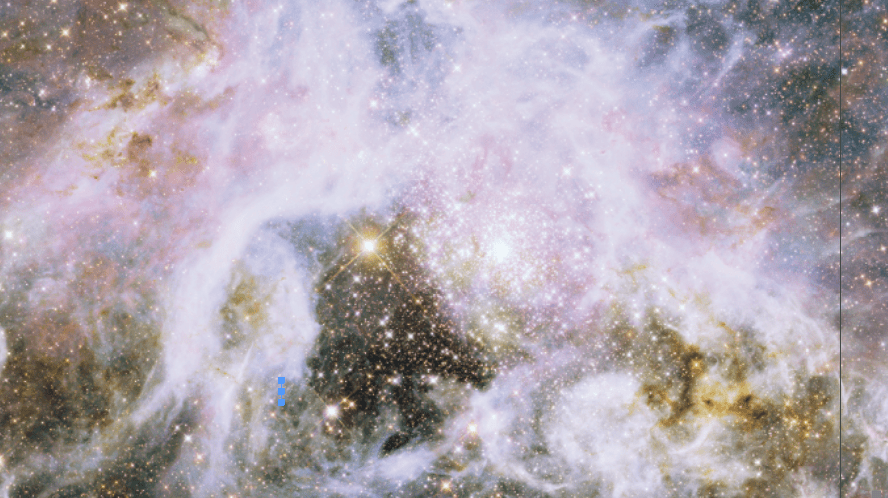Alien Artifact or Just Another Rock?
Scientists debate whether extraterrestrials may have created a mysterious object visiting us from outside the solar system
The world may someday remember 2017 as one of those years that changed everything—like 1492 or 1776. It’s the year astronomers detected a mysterious object tumbling through space and gave it the Hawaiian name “Oumuamua.” How big a deal was it? Well, for the first time, humankind had discovered an object that entered the solar system from interstellar space. Yet it may prove even more significant. Some serious intellectuals say they’re open to the possibility that Oumuamua was crafted by an extraterrestrial civilization.
In other words, intelligent creatures on another planet may have designed Oumuamua as a probe or a cosmic signpost. Or it coud be a hunk of manufactured space junk resulting from an accident or conflict and doomed to hurtle through the vacuum of space almost forever. Abraham “Avi” Loeb, an Israeli-American theoretical physicist who’s the long-serving chair of Harvard’s Department of Astronomy, has made himself spokesman for one side of what seems like an Oumuamua debate. He maintains that the object may not be a natural phenomenon. He’s written a book on the subject and granted dozens of interviews to make his point.
Meanwhile, many in the scientific community seem convinced that nature, not alien life forms, spawned Oumuamua. Skeptics choose to believe that it’s an asteroid, a comet or a member of some hitherto undiscovered category of celestial bodies. They just don’t think sentient beings built it.
Naturally, Luckbox wanted to hear from both sides. So members of the editorial team sat down with Loeb for a lengthy interview (below), while also enlisting science writer Keith Cooper to address the concerns of the suspicious (see here).
The First Sign of life?
A little more than three years ago, something scientists can’t explain happened here in the solar system. An object called Oumuamua paid a visit but didn’t come off like a regular guest.
“It doesn’t look like anything we have seen before,” declared Avi Loeb, a Harvard professor deeply involved with studying the strange visitor from outer space.
For one thing, Oumuamua didn’t look or behave like the comets and asteroids that so often streak across the skies, Loeb maintained. Ice on the surface of comets and asteroids evaporates when they get close to the sun, forming a tail. But Oumuamua had no tail. What’s more, it wasn’t surrounded by the gasses that typically accompany comets.
Oumuamua got a push away from the sun that declined inversely with the distance squared, which the tail of a comet produces, but it happened without a tail, Loeb emphasized.
What’s more, based on the way it reflected light as it tumbled, Oumuamua measured at least 10 times as long as it was wide, he continued. That made it flat, like a disc or a pancake, not like an asteroid or comet, he said.
Oumuamua was shining brightly, too, according to Loeb. In fact, only one in 500 stars looks as bright from Earth as the mystery object appeared.
Then, in September of last year, something a bit similar to Oumuamua appeared. Another object without a tail got a boost from the sun that was somewhat like the push Oumuamua received. This time, however, it turned out to be a rocket booster shot into space in 1966. It appeared the boost occurred because the booster was hollow and thin, thus giving it a lot of surface area relative to its weight.
“This one we know is artificial because we made it,” Loeb said of the space vehicle launched from Earth a generation ago. “The question is who made Oumuamua?”
The prevailing view
Mainstream astronomers have tried to describe Oumuamua as a natural phenomenon, but every explanation includes the admission that the object exhibits qualities never seen before, Loeb says.
For example, some scientists have proposed that Oumuamua might contain frozen hydrogen. Hydrogen’s transparent, so when it evaporates it would not leave a visible trail. However, no one has ever observed that kind of hydrogen iceberg, and it’s likely that if one existed, it would evaporate quickly on its journey through interstellar space, according to Loeb.
Others suggested Oumuamua might be a cloud of dust, somewhat akin to dust bunnies around the house, Loeb says. Except it’s the size of a football field, spins rapidly and is 100 times less dense than air. “I found it unlikely that such an object would preserve its integrity as it travels through interstellar space for millions of years,” Loeb says.
Still, others thought Oumuamua might be a fragment from the collision of heavenly bodies. Loeb finds that unlikely because of the rarity of such events and because the resulting object would be cigar-shaped, not flat like Oumuamua.
“These scenarios do not make more sense to me than an artificial object,” he says of his colleagues’ explanations for the nature of Oumuamua.
If life exists 50 light-years from earth, humans may find it before 2100.
Following the science
Scientists who decline to consider the chance that aliens made Oumuamua aren’t doing their jobs in Loeb’s view. “I’m trying to use my common sense and then follow the lines of the evidence—not have a prejudice,” he says.
He tells a tale to illustrate his point. A colleague pulled him aside at a Harvard seminar on Oumuamua and confessed emotionally that he wished the object didn’t exist because it doesn’t align with his life’s work of studying rocks in the solar system.
“To me, that is something that scientists should never say,” Loeb laments, “because the whole point about collecting evidence and data is that we are allowing nature to educate us and to tell us what reality is like. Often nature is more imaginative than we are.”
What’s extraordinary?
Many cite the Sagan standard as a reason for doubting that aliens constructed Oumuamua. The standard, first set forth in 1980, posits that “extraordinary claims require extraordinary evidence.” It originated with the late Carl Sagan, an astronomer who introduced a generation of television viewers to the wonders of the universe with a series called Cosmos. He stated the standard in an attempt to popularize critical thinking.
But Loeb is having none of it. “That makes no sense,” he says of the standard. No one can say what constitutes the extraordinary, he maintains, noting that some might regard black holes and dark matter as exotic while others would consider them basic.
“We should do it just the way Sherlock Holmes did—put all possibilities on the table until we exclude all but one, and whatever remains must be the truth,” Loeb says of the scientific approach.
Simply assuming Oumuamua can’t have artificial origins reminds Loeb of the closed-minded 17th century philosophers who refused to look through the telescope that Galileo invented. They declined because they mistakenly “knew” the sun revolves around the Earth.
Better telescopes
Rapidly improving telescopes, each better than its predecessor, have enabled astronomers to greatly increase knowledge of the universe.
Pan-STARRS, the Panoramic Survey Telescope and Rapid Response System, which is located in Hawaii, detected Oumuamua. It couldn’t have happened without that system, which has enabled scientists to view a large portion of the sky, Loeb says.
A well-developed sense of survival gave birth to Pan-STARRS. Congress had assigned NASA the task of detecting 90% of the objects that are more than a few hundred feet long and come close enough to Earth that a collision could occur.
After all, crashing into an object about the length of Manhattan caused the extinction of the dinosaurs. “They looked in the sky and saw this rock getting bigger and bigger, and the fun stopped when the rock hit the ground,” Loeb says.
But those ever-improving telescopes may warn of apocalypse. The Vera C. Rubin Observatory, under construction in Chile, will use the Large Synoptic Survey Telescope, or LSST, to bring astronomers two-thirds of the way to the Congressional mandate, according to Loeb.
And, the more-sensitive LSSTs should find more objects like Oumuamua, he predicts. If Oumamua belongs to a population of objects on random trajectories, then the LSST should find one every month, according to mathematics based on current knowledge.
That could result in finding such objects when they’re approaching Earth—not just when they’re moving away, as was the case with Oumuamua. If they’re discovered earlier, NASA would have enough time to send a camera to take a photograph, Loeb says.
Calculating the number of visits
Estimating how many Oumuamua-like objects are sailing past harkens back to the Drake equation, a method of projecting the number of civilizations in the galaxy that Frank Drake developed in 1961. The equation “organizes our ignorance into a number of factors that multiply each other and could be known if we had the means to detect them,” Loeb maintains.
Scientists know some of the variables, he continues, including the rate of formation of stars in the Milky Way and the fraction of those stars that have habitable planets. Observers define planets as habitable if they’re rocky instead of gaseous, they have atmospheres containing the right gases to support life and they’re at the “Goldilocks” distance from their suns to remain warm enough but not too hot for life.
But if life were to arise on such planets, would it evolve into beings capable of transmitting radio signals? Plus, no one knows how long civilizations that achieve that status can last or how frequently such civilizations might arise.
In fact, more remains unknown than the public might suspect. Scientists talk about dark matter, for example, but don’t really know what it is, Loeb notes. It’s called “dark” simply because it doesn’t interact with light, and the term “matter” might not really apply, he says.
Still, estimates of the number of civilizations in the galaxy are becoming more refined, and researchers have arrived at a possible total of perhaps 36 (see here). They’ve calculated that count based on reasonable assumptions, Loeb says, noting that the only way to know for sure is to keep searching with telescopes.
Conversely, listening for radio signals limits the hunt to the time when scientists are searching—the civilization would have had to have been alive to transmit the signals at the time they reached receivers on Earth. But scanning the sky for debris could detect material—such as industrial chemicals or relics from nuclear war—from civilizations that died thousands or millions of years ago.
Lessons learned
Whatever position one takes on the source of Oumuamua, experts can agree that Earth will be better prepared for the next sighting of anything similar. Astronomers now concede that they missed the opportunity to study Oumuamua as closely as they might have.
After the object was detected, it remained observable for at least a month, but astronomers compiled only partial data at first, Loeb recalls. “They thought, ‘Oh, it’s a rock,” he says. “‘Let’s just try to get the basic parameters of the comet or the asteroid.’”
Objects similar to Oumuamua but smaller might be streaking by right now, undetected because they don’t reflect enough sunlight to register on today’s telescopes. Plus, such objects might be moving too fast for astronomers to see them. “You could imagine a lot of things flying by, and we just are not aware of it,” Loeb observes.
He provides an example. He’s involved in a project to reach Proxima Centauri, a small star more than four light-years away. The craft would travel at a fraction of the speed of light, fast enough to reach the star in a couple of decades. That’s too fast for telescopes to see it. What’s more, the craft will use a light sail about the size of a person, which would not reflect enough light to show up on a telescope.
Back on Earth
While work continues on that effort to reach another star, Loeb doesn’t let up in his efforts to lobby the scientific community to keep an open mind about the possibility someone out there somewhere designed and built Oumuamua.
To do otherwise, he contends, reflects to a larger problem with the way academia practices science. Researchers should look to the evidence, not serve their prejudices. In his view, evidence forms the nucleus of his side of the discussion. He didn’t begin by making statements about aliens and then searching for information to back them. “I had no agenda,” he insists.
Loeb then proceeds to take his colleagues to task but lays out his complaints in such a calm and good-natured way that it would be impossible to take offense. “There are these echo chambers in academia where people repeat the same mantra again and again,” he says. “It’s just like the herd of lions in Africa: If they go together, they’re more powerful, but that’s really not what science is about.”
The message isn’t intended just for professors and grad students. “Science is available to everyone,” Loeb says. “It’s not an occupation of the elite.”
Key elements of a clean approach to science lie in maintaining ideals and rejecting careerism. The need to spread those ideas has prompted him to take leadership positions in his field. He feels he’s among the few in such roles who remain free to express themselves openly.
“There needs to be a correction—we need to restore reliance on evidence rather than on intellectual gymnastics,” he implores. “A lot of my colleagues just try to show off that they’re smart.”
It’s a matter of seeing life through what many might call “fresh eyes.” “I’m not an outlier in the sense that I still maintain my loyalty to the principles I had as a kid. I don’t care much about my labels,” Loeb insists. “The worst thing that can happen is they strip me of these titles, and then I’ll have more time for research.”
Good science also requires looking to the future, not the past, he says. That’s why he shows little interest in reviewing the formerly classified UFO documents that the federal government was releasing as Luckbox went to press. He advocates using the best available instruments to study space instead of poring over reams of paper that he says have been sitting in a drawer somewhere.
But whaver the method, it’s a pursuit Loeb considers well worth the effort. “If we find evidence for an alien civilization,” he says, “it will give us a good sense of being part of the same team because humanity as a whole shares a fate. We should work together toward a better future, rather than fighting each other and wasting resources on suspicion and on disagreements.”
Still, it shouldn’t surprise humanity if other civilizations find Earth uninteresting and choose not to engage with the inhabitants. With billions of solar systems in the galaxy, some being might find Earthlings no more significant than ants on a sidewalk. “It’s presumptuous of us to believe that we are worthy of a visit,” Loeb cautions.
The Seed of Civilization’s Destruction
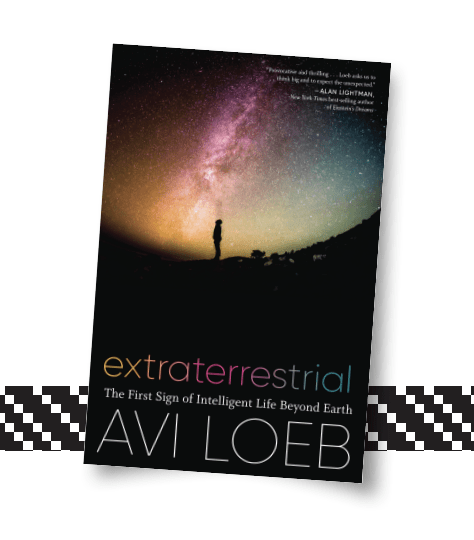
Enrico Fermi was one of the giants of twentieth-century physics. Among his accomplishments is the development of the first nuclear reactor and, as he was instrumental in the Manhattan Project and the production of the first nuclear bomb, he can claim some credit for the prompt ending of hostilities with Japan at the conclusion of World War II.
Toward the end of his storied career, during a lunch with his colleagues, Fermi raised a simple, provocative question: How do we explain the paradox that, given the vastness of the universe, the probability of extraterrestrial life seems high, yet there is no certain evidence for anything but terrestrial life? If life is common in the universe, he asked, “Where is everybody?”
Over the years, many answers have been formulated. One is especially arresting and especially pertinent to the unfolding mystery of Oumuamua and its implications for us.
In 1998, the economist Robin Hanson published an essay titled “The Great Filter — Are We Almost Past It?” Perhaps the answer to Fermi’s paradox was, Hanson argued, that throughout the universe a civilization’s own technological advancement overwhelmingly predicts its destruction. The very moment when a civilization reaches our stage of technological advancement—the window where it can signal its existence to the rest of the universe and begin to send craft to other stars—is also the moment when its technological maturity becomes sufficient for its own destruction, whether through climate change or nuclear, biological or chemical wars.
Hanson’s thought exercise has sufficient plausibility that humanity would do well to consider the question in his article’s title: Is human civilization nearing its own filter?
It would be no small irony if Fermi is the solution to his own paradox, for, with Fermi’s help, we developed nuclear weapons seven decades ago. But even without nuclear weapons, we are moving to destroy ourselves by permanently changing the climate. The rise of antibiotic resistance, due to many factors but certainly including the largely indiscriminate use of antibiotics in industrial agriculture and livestock, also poses a threat. So do pandemics, accelerated and exacerbated by our industrialized assault on our planet’s ecosystem.
It is quite conceivable that if we are not careful, our civilization’s next few centuries will be its last. If that’s the case, the emissions we’ve been sending out into the universe from our radios and televisions — that outward expanding bubble of noise humankind started to generate only a century ago — and the five interstellar craft we have already launched could well end up the equivalent of dinosaur bones here on Earth, evidence of something once formidable and extraordinary that is now only material for other civilizations’ archaeologists.
We need not look far to appreciate how the great filter might work. The small filter of our own mortality and the context of recent history provide useful data.
Excerpted from Extraterrestrial by Avi Loeb
